BLOG
INTERESTING STUFF
THAT CAUGHT OUR EYE
Client Days: Opera and Fine Dining at the Glyndebourne Festival
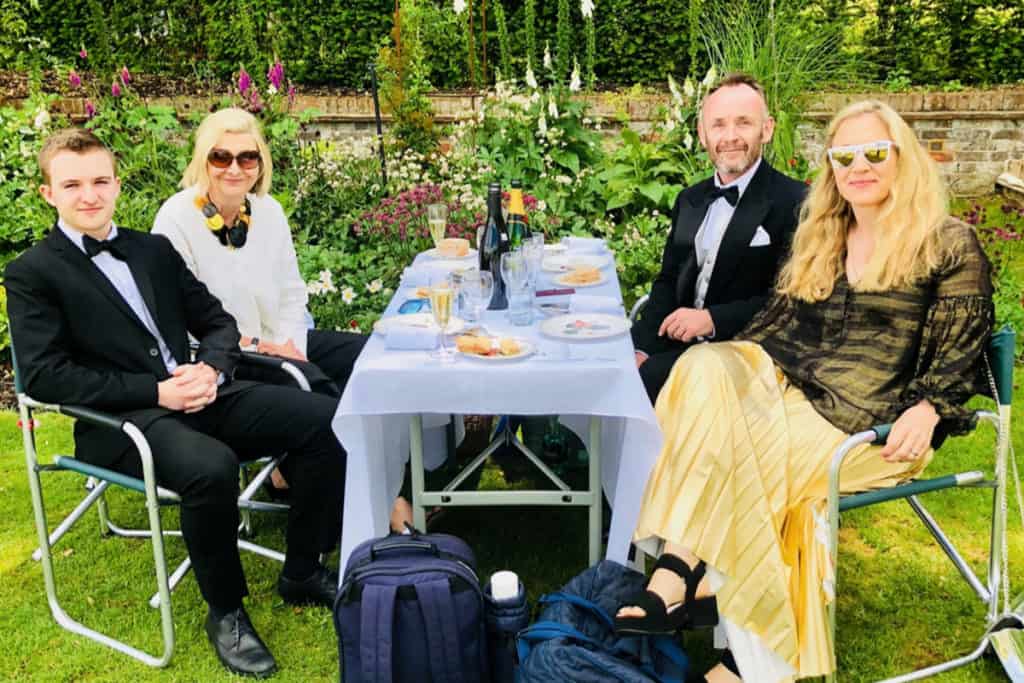
I recently visited Glyndebourne Opera House for the annual Glyndebourne Festival for a performance of Der Rosenkavalier, one of Strauss’s great romantic comedies. We hosted a dinner for Princess Marie Thérèse von Werdenberg and her grandson, DJ Valzacchi.
Glyndebourne is the quintessential summer occasion: sunset picnics on the lawn in stunning gardens. High society, dressed to kill and stunning opera.
Richard Jones’s elegantly colourful production takes one of opera’s great romantic comedies, Der Rosenkavalier and the voluptuous score paints a gilded vision of a fairytale Vienna.
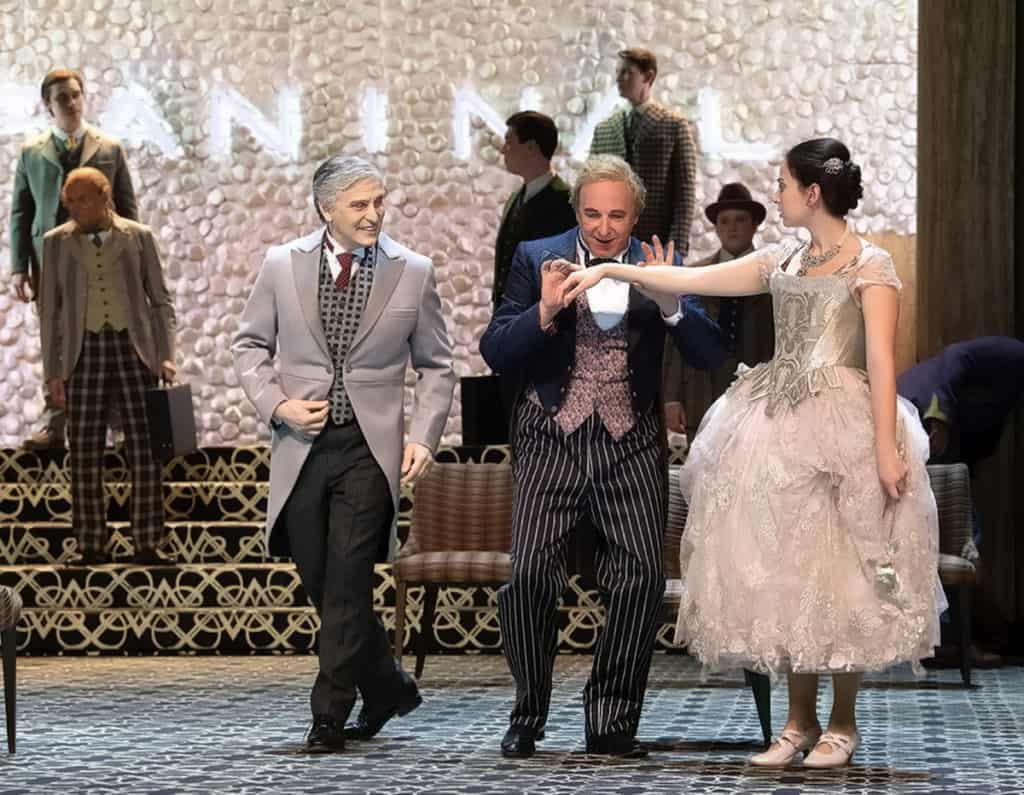
The stage sets and costumes reminded me of film director Wes Anderson, responsible for one of my favourite films, Grand Budapest Hotel. Like Anderson, Jones plays with perspective and lighting in the most stunning way with his set design. I wonder if I should have designed theatre sets rather than real buildings? Imagine the freedom from Planning Regulations, waterproofing and gravity!
During the intermission, I had an opportunity to enjoy the architecture of the Edwardian Glyndebourne House and the adjoining opera house, built by Hopkins Architects in 1994 to replace the original structure, which simply couldn’t keep up with the demands of the increasingly popular festival.
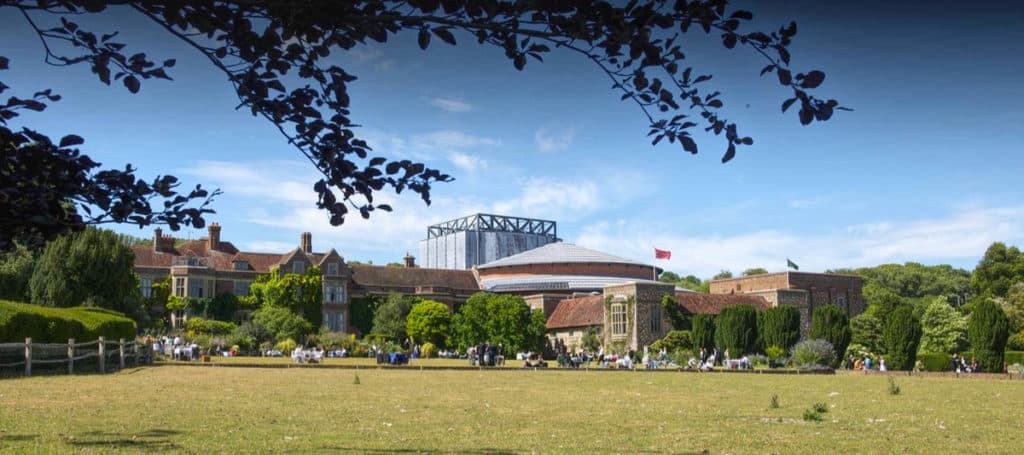
Hopkins Architects found themselves with the same challenge that we often do: how do you add a new structure to a period building without it looking out of place or like a pale imitation of the original.
The award-winning opera hall is a spectacular success with the counterpoint of the traditional and modern. Red bricks are the dominant material from the exterior, just as in the neighbouring Glyndebourne House, capped with a lead roof shaped in a shallow cone. The craftsmanship is stunning, it makes you want to run your hands over the building, a true sign of greatness.
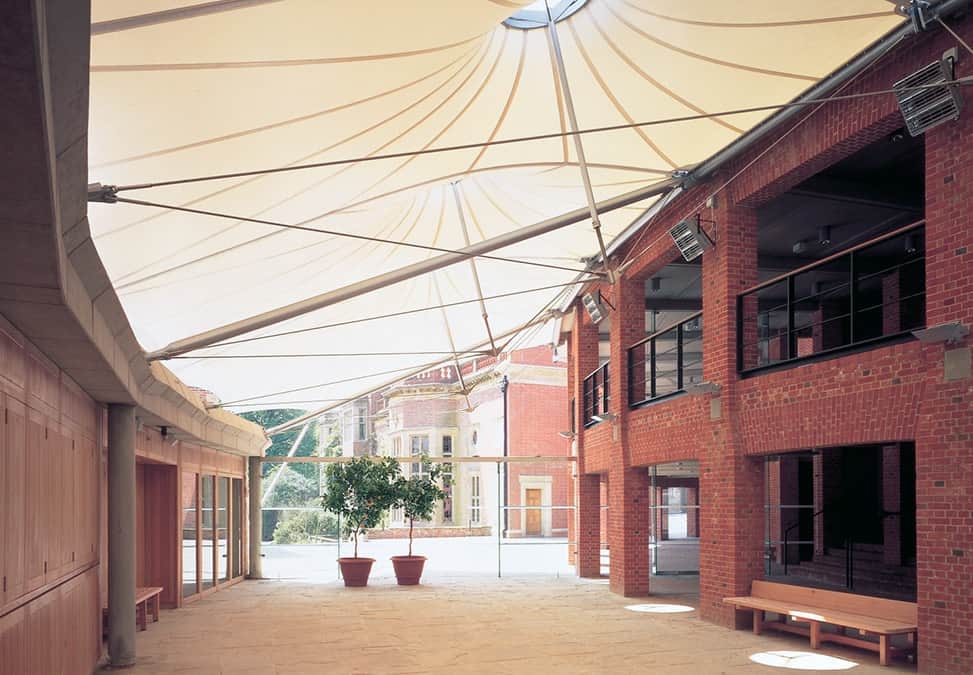
Wrapped around the exterior of the structure are two tiers of balconies, not unlike a Roman coliseum, and a canopy of sails – the perfect place to stroll with a glass of wine during the intermission.
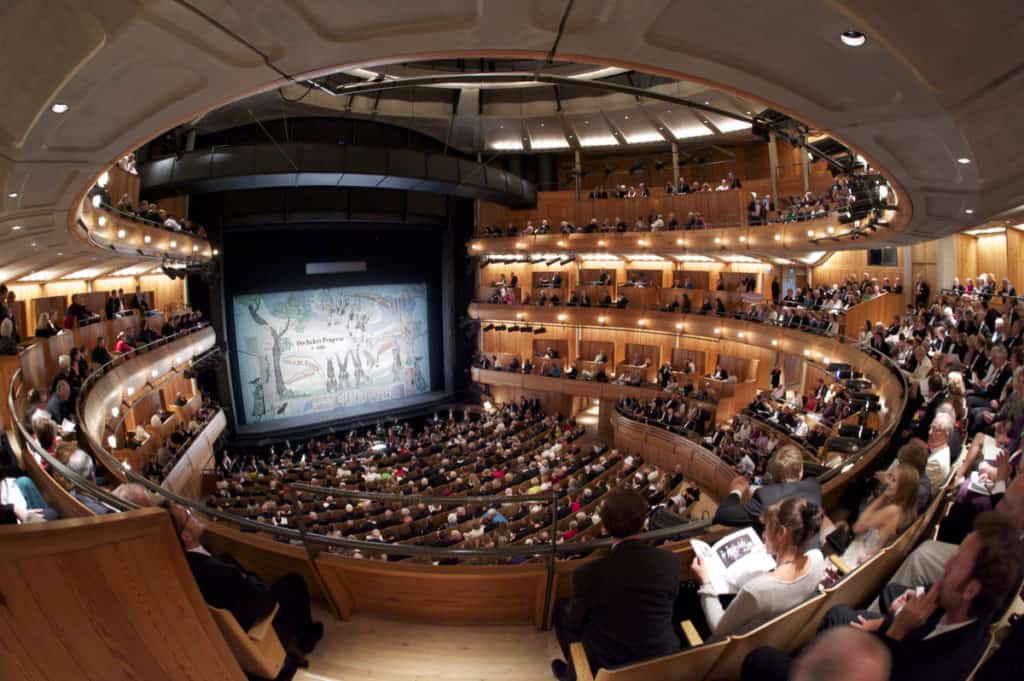
Inside, a combination of pine and acid washed concrete create an intimate atmosphere despite the 1200 seat capacity, with acoustics that completely envelope the audience in sound.
